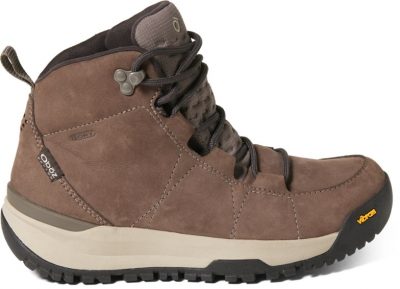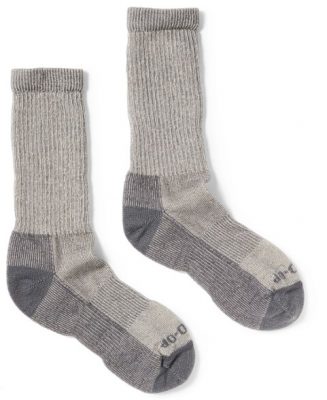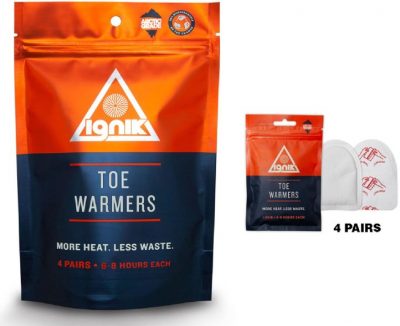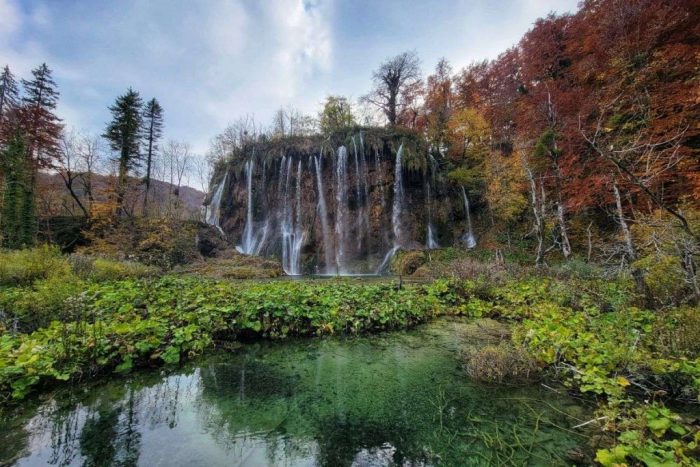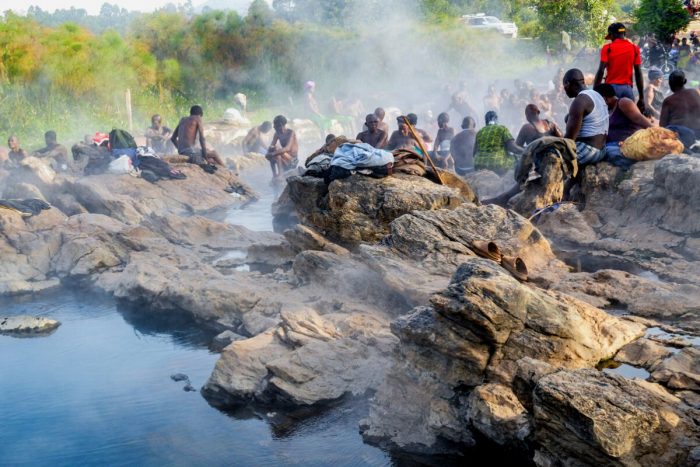How To Keep Your Feet Warm During Winter Hikes

*Disclosure: we independently choose all product recommendations. When you buy from product links in our posts, we may earn a small commission at no extra cost to you. This supports our ability to provide the best advice possible.
I know how uncomfortable and distracting it can be having cold feet. Winter walks, camping trips and kayaking sessions have all been ruined for me because I can’t stop thinking about how long it might be before I get my toes near a heat source.
So I did some research on how to keep feet warm so you don’t have to.
Tips For Keeping Feet Warm When Hiking
Hiking can be super fun in cold weather. There’s something about frosty mornings, snow capped mountains and seeing your breath in cold fresh air which is magical and invigorating. However, the all consuming misery of chilly feet is not at all magical.
Luckily I have all the top tips you need to make sure your feet stay warm so you can focus your full attention on the trail, the view and how you can (safely) capture the ultimate outdoorsy profile pic.
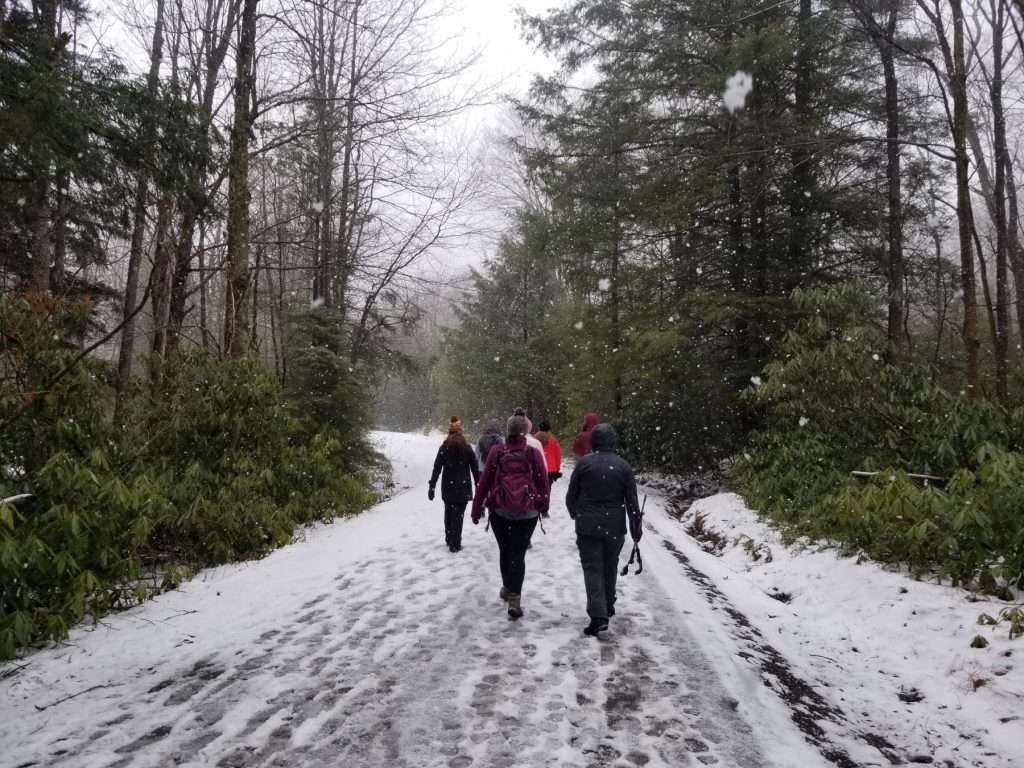

Good Boots
Your lightweight hiking sneakers might have been fit for purpose on those mild dry days but rain and puddles, snow and slush, mud and even dew can render them useless. Wet feet inevitably translate into cold feet. Invest in comfortable, waterproof boots, making sure they are breathable so that sweat doesn’t end up making your feet icy.
If you often hike on cold days look out for boots which are both waterproof and insulated like these insulated waterproof boots from REI which will keep your feet warmer than the average boot.
Tempting as it might be to buy online, it’s better to have boots fitted in store. If you do buy online make sure the store has a good returns policy. Wear the socks you would normally wear when hiking to ensure a good fit. You don’t want your footwear to be too tight, impacting blood circulation which could leave you with cold feet even if they are dry.
- Make sure you can wiggle your toes in your boot.
- If your socks or boots are too tight, it restricts your circulation and blood flow.
- Keep sizing up! Ie: First layer medium, second layer large.
- Regularly treat leather boots or invest in materials like Gore-tex.
Read our guide to choosing the right hiking boots for more tips!
Suitable Socks
Finding double layered hiking socks was life changing for me, minimizing blisters and keeping my feet toasty at the same time. (My daughter also wears them to break in her Dr. Martens). Alternatively you can add an extra pair of socks making a double layer to keep your feet warm and comfortable.
You would think that thick socks would be the way to go but often thinner socks can actually keep your feet warmer. It’s back to that blood flow issue again. If your boots are already quite closely fitting, opt for thin socks. If you have some room in your shoe look at getting some thick wool socks, ideally merino wool, for warmer feet.
- Moisture wicking layer: Thin silk sock.
- Light insulation layer: Lightweight wool sock.
- Heavier insulation layer: Some boots have insulation built in.
- Shell layer: The boot.
Many hikers won’t wear cotton socks as they stay wet for a long time if they do get wet and won’t retain much warmth. Wool socks, particularly Merino wool socks, are a great choice as they are breathable and have wicking properties pulling any moisture away from your feet. Look for socks with heel and toe cushioning for an extra warm and comfortable hike.
Warm Clothes
It may sound mad but wearing a hat will help to keep your feet warm. Although scientists have disproved the old adage that you lose most heat through your bare head, wearing a hat can still conserve around 7-10% of body heat and will stop that cold wind feeling quite so biting on any exposed skin.



Obviously you should wear clothing appropriate to the weather, making sure you check the forecast for the entire period you plan to be out in the region you are hiking in. Multiple thin layers are better than fewer chunky or ultra-padded layers with the added benefit of being able to add or remove layers depending on exertion levels and local conditions. Take gloves too – if your whole body is warm you are more likely to be able to keep your feet warm.
Tips For Keeping Feet Warm In A Tent
Who hasn’t woken in the early hours feeling frozen to the core while camping? I hate being woken with feet colder than a polar bear’s pajamas. Let’s discuss how to keep your feet warm when camping.
Dress for Success
Bare feet in cold temperatures are generally cold feet so cover up those bad boys and wear socks to keep your toes warm. Wearing layers helps trap warm air. Don’t be ashamed to wear a hat at bedtime or use a sleeping bag with a built in hood, preferably with a toggle system so you can pull it close around your head.
Try to go to bed dry. Dry feet are more likely to stay warm. It’s also easier to maintain heat in your feet and the rest of your body if you go to bed warm. Try a few jumping jacks to get that blood circulating before hitting the hay. Ditch your shoes and wear down camping slippers in your tent so any cold air is kept away from your warm feet.
- Make sure your sleeping bag is the right size! There should NOT be tons of extra wiggle space at your feet.
- Add to your sleeping pad! Bring extra foam to keep your feet off the cold ground.
- Toss extra clothing layers at the bottom of your bag.
- Put a warm water bottle at your feet.
- Make sure your sleeping socks aren’t too tight!
Add heat
If you have access to a power source, an electric blanket, heating pad or even a heated sleeping bag (yes! It’s a thing!) will keep you snug all night, but a good old fashioned hot water bottle will also help you stay cozy in cold weather. Just add hot (not boiling) water. With the rest of the hot water from the kettle make a nice cup of cocoa to warm you from the inside out. Hot foods or drinks really help warm you up and keep you warm but eating any food will help as digestion=energy=warmth.
Keeping Feet Warm, According to Explorer Chicks
The Explorer Chick Facebook Group is a mine of useful inspiration and just a quick search uncovers even more top tips on how to keep your feet warm. Apparently your sleeping bag should fit well -you don’t want lots of wiggle room at the bottom. If there is, stuff some of your clothes down there to act as toe warmers.
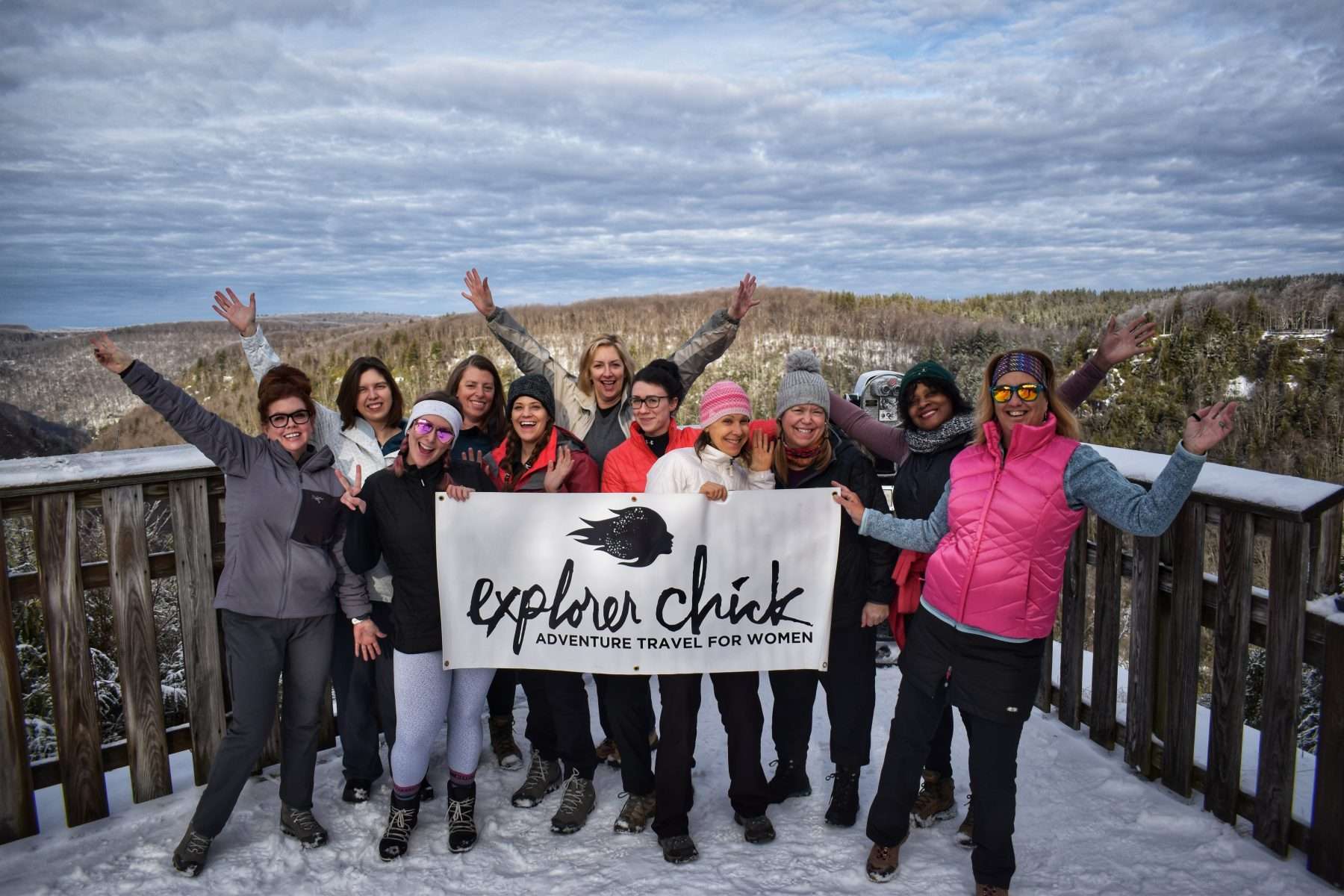

Ready to Get Hiking?
If you like hiking, Explorer Chick has a whole world of opportunities with some brilliant bucket list destinations on offer from gorilla trekking in Uganda to the Ultimate Jordan and Petra tour. Now you know how to banish cold feet, why not consider ice climbing in Alaska, explore Scotland’s wilderness or trek hut-to-hut in Banff, Canada? Join this group to learn what other bold Explorer Chicks have been up to, or where they are planning to go then plan your own women-only adventure.
Meet the Writer
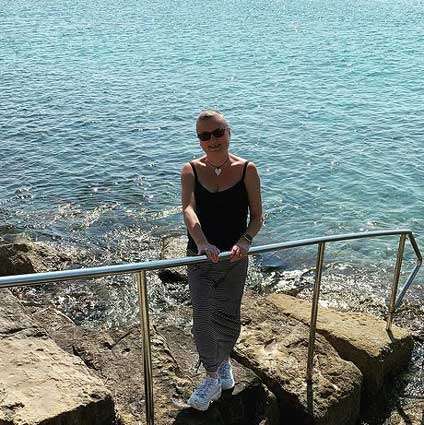

Afra is an award winning journalist who has enjoyed many adventures including swimming with sharks, crewing hot air balloons and canyoning. She started creating online content ten years ago, diversifying after years writing for print publications. She loves travel, great food, and her family. Not necessarily in that order.
Favorite outdoor adventure: Snorkeling in the warm waters off the coast of Cyprus
More tips for surviving in nature
- How To Keep Your Feet Warm During Winter Hikes
- How to Identify Poison Ivy (And How to Treat an Allergic Reaction)
- How to Stay Warm in a Tent: 5 Cold Camping Tips
- 5 Winter Survival Tips for Outdoor Adventurers [UPDATED FOR 2022]
- Beginner’s Guide to Making a Homemade Fire Starter
- 11 Tips for Safely Hiking Alone as a Woman
- 3 Tips for Winter Hiking Safety

